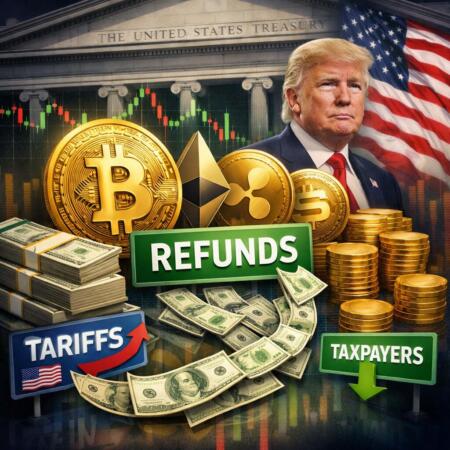World Liberty Financial takes a closer look at the impact of former President Trump on the financial landscape. Delving into the policies and decisions made during his administration, this deep dive explores how these actions have affected global markets and economies.
One significant aspect of Trump’s term was his focus on deregulation. By rolling back numerous financial regulations put in place after the 2008 financial crisis, Trump aimed to stimulate economic growth and encourage investment. However, this move also led to concerns about the potential risks of loosening oversight in certain sectors.
Another key area of interest was Trump’s trade policies. The imposition of tariffs on various countries, most notably China, sparked trade tensions and raised fears of a global trade war. While Trump argued that these measures were necessary to protect American industries, critics pointed to the negative impact on international trade relationships.
Additionally, Trump’s tax cuts were a major part of his economic agenda. By lowering the corporate tax rate and providing incentives for businesses, he hoped to boost economic activity and job creation. The long-term effects of these tax cuts are still being debated, with some arguing that they disproportionately benefited the wealthy.
Overall, Trump’s presidency had a significant impact on the financial world, shaping policies and setting the stage for future economic trends. As we look to the future, it will be crucial to assess the lasting effects of his time in office on the global economy.



